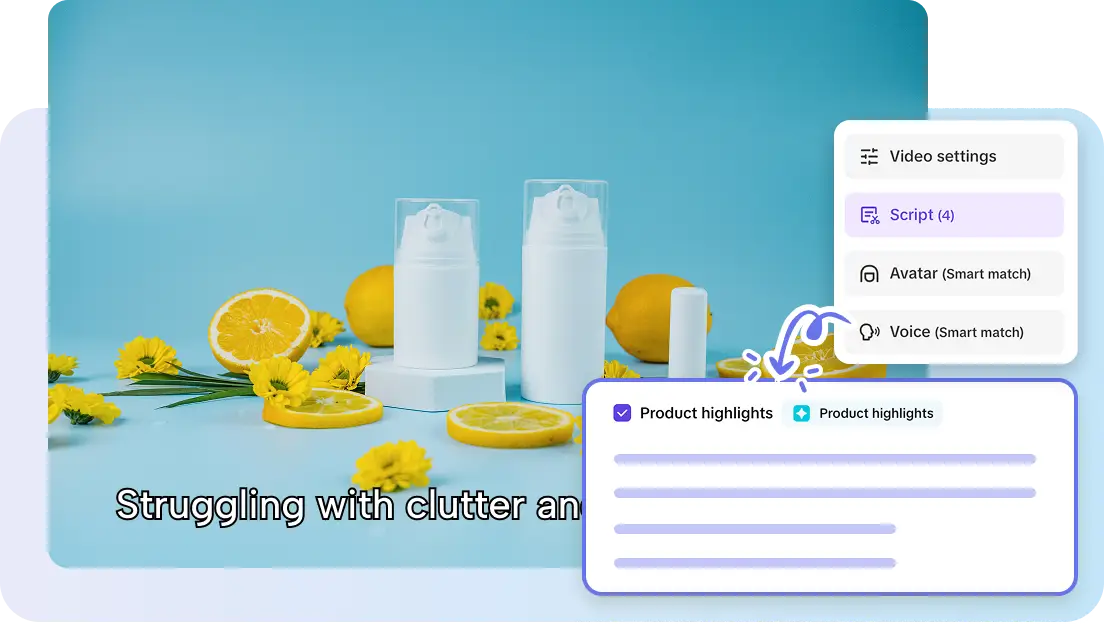Physical Address
304 North Cardinal St.
Dorchester Center, MA 02124
Physical Address
304 North Cardinal St.
Dorchester Center, MA 02124

Your product is great. Your team is passionate. But when it’s time to scale your brand’s presence across channels, who actually steps in front of the camera… again, and again, and again?
Here’s a smart workaround that’s quietly gaining traction: brands are transforming selfies — yes, literal selfies—into personalized avatars that speak directly to customers in ad-ready videos. With Pippit, all it takes is a link to video and a few expressive headshots to bring your own team to life as virtual narrators.
Imagine your customer support manager becoming the face of a how-to video. Or your most photogenic warehouse intern becoming the star of your winter jacket campaign in five languages. Welcome to the era of self-to-sell avatars — where trust, relatability, and storytelling meet scale.
Personalised avatars can help with that. You may add a human element to your movies without having to deal with the hassle of weekly recording by creating a custom avatar based on a real person’s face.
Why should your product videos have team-based avatars?
It’s like cloning your best communicator — but making them available 24/7, in any language, across every platform.
Thanks to photo to video AI, it’s never been easier to create explainer videos from nothing but still images. Add in a voice-enabled avatar, and suddenly your sunglasses, skincare kit, or eco-shoes get a personalized, people-first showcase.
Here’s what these personalized avatar-driven videos usually look like:
All of this comes together to create videos that feel informative, approachable, and — most importantly — local. Customers don’t feel like they’re watching an ad. They feel like someone is genuinely showing them how something works.
Want to show how your water bottle fits in a gym bag? Or how does your phone stand hold up on a kitchen counter? Use your social team. Use your founder. Use your favorite product tester.
By creating avatars from real people involved in your business, you get to tell their story — and by extension, the product’s story.
Popular ways brands are using role-based avatars:
The result? A branded avatar that doesn’t feel like a hired face — it feels like someone who actually knows your product.
Avatars are more than narrators — they’re influencers in their own right. That means their expressions, tone, and pacing should match the vibe of the platform they’re appearing on.
Avatar style tips per platform:
And thanks to features like link to video on platforms like Pippit, it’s easy to take your photo-based campaign and instantly turn it into multiple platform-ready formats, with your avatar starring in all of them.
You might not think of your accountant as a video spokesperson. Or your delivery manager as a skincare explainer. But when their faces become avatars, they don’t just represent the product — they humanize your brand.
How do familiar avatars boost trust and conversion?
Avatars don’t need to go viral to be effective. They just need to look and sound like someone your customers could believe.
Before you scout for influencers or book a shoot, check your camera roll. That selfie your co-founder took last week? It could be your next product pitch star.
With Pippit, turning faces into avatars — and turning photos into performance — is refreshingly simple. Upload images, create your avatar, drop in your script, and generate a complete DTC-ready video that feels both polished and personal.
Want to meet the team that never sleeps, mispronounces, or forgets the promo code?
Start building your branded avatars on Pippit today — and turn real faces into high-performing, customer-ready content!